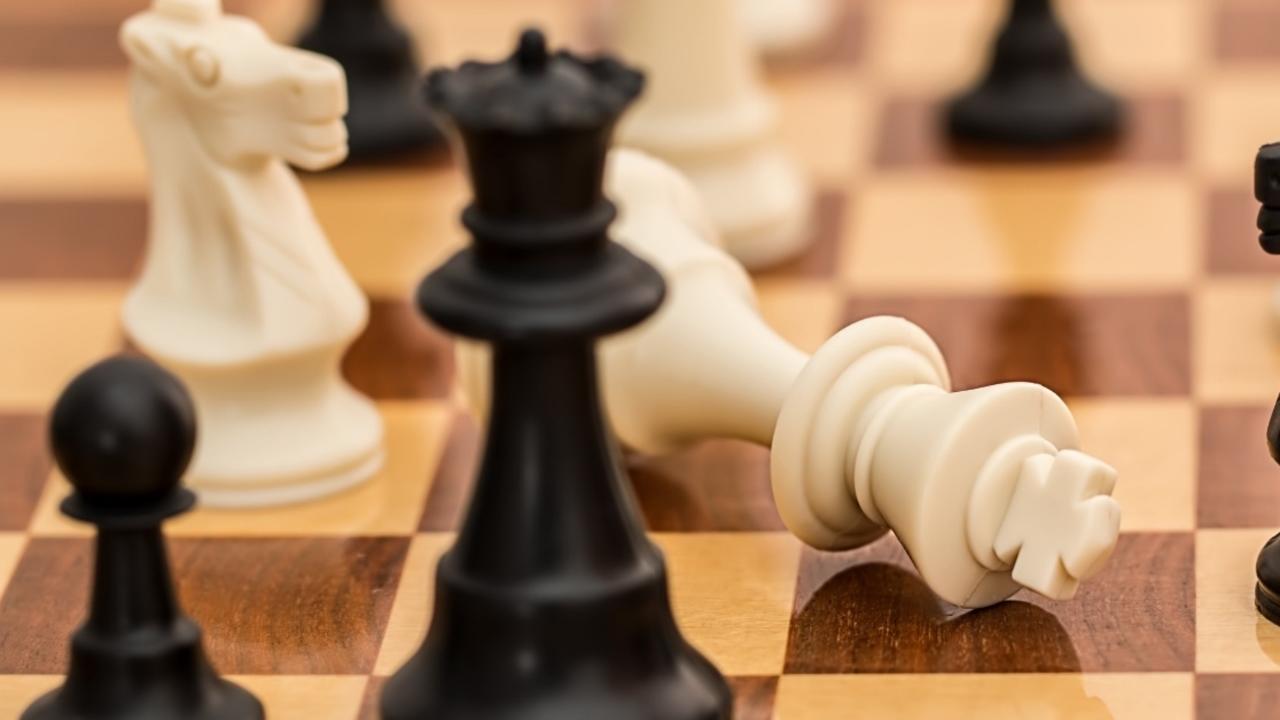Developing Tactical Awareness: The Hard-Easy Effect

It was a simple experiment that explored tennis players’ estimates of their ability to hit tennis serves into target areas.
Every player had 10 serves at each of two target areas. One was a difficult target area which players hit successfully about 2 out of every 10 serves.
The other was a large target with about 7 of 10 serves landing successfully.
Each player predicted how many he/she would make into each area before serving.
This resulted in players generally overestimating their ability to hit the difficult target but underestimating their ability to make the easy target.
Why did this happen?
They generally fell victim to the hard-easy effect. The hard-easy effect is sometimes also called the ceiling-floor effect.
It’s a statistical effect that ensures that performance estimations tend towards the middle of the scale.
How does it work?
When we perform a difficult skill, say one that we can complete successfully 2 out of 10 times, we’re faced with the hard/floor effect where it’s statistically more difficult to underestimate our ability to complete the task because there is simply less space to do so.
Likewise, when we perform an easy skill that we could do successfully 7/8 out of 10 times for example, the easy/ceiling effect occurs because there’s more room to underestimate than overestimate our ability to complete the task.
An Example...
How often do we see players on the run and out of position go for the screaming winner instead of going for the heavy crosscourt ball that allows him/her to recover in the rally which, over time, increases the chance of winning the point?
It’s the same process.
As he/she automatically considers his/her options, the chance of making the big winner will seem a little better than, in reality, it is because of the hard/floor effect.
Likewise, the player who has an easy midcourt ball is more likely to play a less aggressive rally response due to the easy/ceiling effect when statistically he/she would be better off attacking.
The Ego Factor...
And there’s another factor to consider…
While pulling off the winner on the run feels amazing, it’s not worth extra points. But it can sure feel like it when we pull it off.
We have brains that respond to the social reward of other peoples’ approval as though we just received 50 dollars.
The great feeling that comes with making low percentage plays can also suck us into going away from the percentages.
So how can players use this knowledge?
First, I would suggest that players should be aware of the effect. They could consider how the hard-easy effect relates to them in the most relevant situations faced in tennis.
Second, look for your tendencies when playing easy and hard shots.
Once players notice/see a pattern, reflect on the hard-easy effect in considering different options.
Taking the hard-easy effect into account when developing strategies and making decisions is a simple but powerful way to play the real percentages rather than what they may appear to be at first sight.
